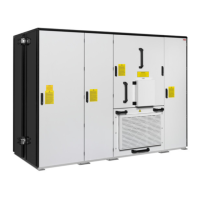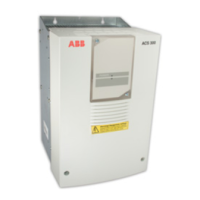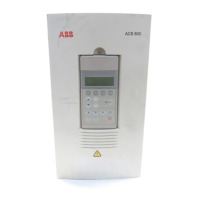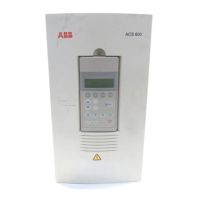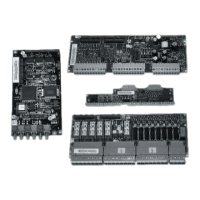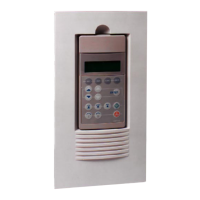Parallel connection
It is possible to connect multiple DC/DC converter units in parallel. In the parallel
connection, both the inputs and the outputs of the units must be connected together.
The inputs are connected through the common DC bus of the drive as standard. The
outputs (ES+ to ES+, ES- to ES-) must be connected together at the energy storage
end by the customer (or the system integrator).
The customer (or the system integrator) must make sure that the load sharing is even
between the parallel units. Depending on the case, this may require additional
parameter tuning in DC/DC converter control programs of both units:
• If the operating mode selection (parameter 197.13) is Power or Add: The load
between the units is inherently shared according to the power or current
references. No additional settings are required.
• If the operating mode selection (parameter 197.13) is DC voltage: Tune the load
sharing using the droop control function.
• Master/follower operation of the parallel units: The control program does not
support the master/follower link between several units. However, it is possible
to implement the Master/follower operation with an external PLC. In that case,
one DC/DC converter unit, the master unit, operates in the DC voltage control
mode and the other unit(s) in power control mode. The external PLC reads the
output current reference of the master unit, and uses it as the current reference
of the follower units.
The load sharing during an overvoltage or undervoltage control of the DC/DC converter
can require tuning of the DC voltage offset value between the parallel units. See the
firmware manual for details.
The customer (or the system integrator) must pay special attention to the protection
concept in case of parallel units. The protection must operate reliably in all possible
fault cases.
48 Guidelines for planning electrical installation
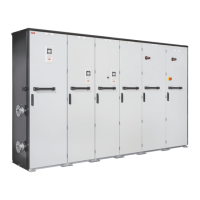
